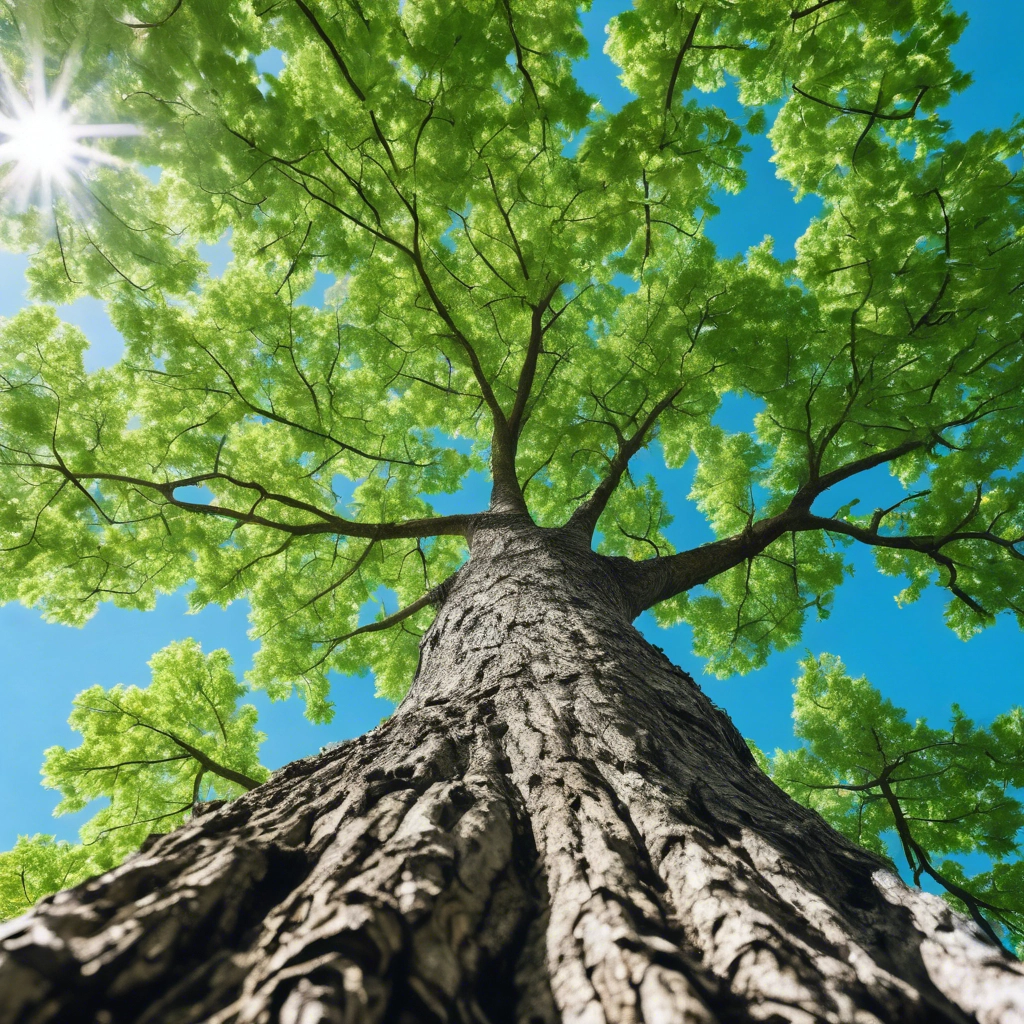
Here we discuss the Top 10 Ways To Keep Your Trees Healthy. The most valuable and hardest working parts of our landscape are trees. Trees shade our homes and improve neighborhoods and save us money on electricity costs. They also increase property values, air quality and prevent soil erosion. Healthy trees also provide habitat for local wildlife, adding beauty and a calming effect to our minds and bodies.
Healthy Trees Require Our Help
Often overlooked and taken for granted, trees create a peaceful and tranquil background, it’s easy to forget that trees need our care to thrive. Proper landscape maintenance is crucial to keep your trees healthy, for continued growth and ongoing health. The alternative is a dangerous tree that can create health and property risks.
With that said, here are our Top 10 Ways To Keep Your Trees Healthy:
1. Planting the right tree
This tip is the first and most important step in assuring you get what’s desired from the tree you selected. Make a choice of a tree that will thrive in your climate and the specific soil conditions. The tree will also need certain lighting and space conditions at the planting site. For more information on the best trees for your region, follow the link to get help from a professional Landscaping And Garden Center.
2. Remove stakes early
Trees that are allowed to sway in the wind develop stronger trunks. If a young tree isn’t able to stand on its own, use a system of two stakes (on both sides with the root ball in the center) with a loose tie in that gives flexibility and support to the trunk. As soon as the tree can stand on its own remove the stakes, typically after one year.
3. Keep the grass away
Grass growing up against the trunk competes with the tree for air, water and nutrients (and usually wins the competition). Young trees, in particular, often develop poorly when grass is allowed to grow right up against their trunks. For best results, maintain a grass-free, mulched area around the trunk instead.
4. Water trees properly
5. Use Fertilizer when needed
Young trees need regular watering, but even mature trees need to be watered during periods of drought. Water deeply to saturate the entire root zone (2-3 feet deep for mature trees) to just outside the drip line (an imaginary line from the outside of the tree canopy down to soil level). Allow the soil to partially dry before watering again. Don’t count on lawn sprinklers to do the job for you. They rarely wet deep enough and can result in shallow rooted trees. Soil basins or drip irrigation are better options.
Adult trees don’t require an annual feeding schedule, they might need fertilizer every three to four years. Occasional fertilizing may be necessary for young trees until they become mature. However, mature trees are on irregular feeding schedules. Consider feeding mature trees when they’re growing poorly or showing yellowing tree leaves in the canopy. If you are unsure, a soil test can provide more clarity on which nutrients are present.
More Ways to keep your trees healthy
6. Applying Mulch
An application of organic mulch around 2-3 inches deep should be applied around the base of the tree. This layer will help keep the soil cool, conserve moisture, improve soil texture and reduce weed growth. Replenishing the mulch should be done in the spring. Here are some helpful tree care mulching tips.
7. Proper Pruning
Enhancing the structural integrity and strength of trees is achieved through pruning, particularly by making thinning cuts (this is when we remove entire limbs at their origin) rather than heading cuts (cutting down the long side of a branch or “hat-racking”). When it comes to large trees, calling a tree service pro is recommended. Making correct pruning decisions and timing are crucial and can make all the difference. Proper pruning techniques and pruning at the right time can make a huge difference.
8. Protecting the roots
Never allow heavy equipment or any other vehicles to drive over the tree root areas. This can compact the soil, resulting in less oxygen available and can damage or kill roots. You should avoid adding or removing soil from beneath the canopy unless instructed by an arborist. If the grade changes it can weaken the tree and harm the root system. This will often kill them or make them vulnerable to storm damage.
9. Protect the trunk
Always protect the trunk! Avoid bumping into your trees with lawn mowers or or using weed-eaters too close, as this will damage the bark and trunk, this damage will weaken the trees’ structural integrity while inviting bugs and disease. Younger trees are more vulnerable, but can be just fine with a little plastic wrap available at your local garden center. You should have atleast a 3-foot radius mulch ring around the tree as a barrier. Make sure the mulch ring is grass free to help the area conserve moisture.
10. Control pests
Pesky insects like adult Japanese Beetles and Caterpillars can cause serious damage or at minimum weaken the tree. Try an application of BioAdvanced 12 Month Tree and Shrub Protect and Feed. It will protect against these pesky bugs for up to 1 year, plus it feeds them. Choose from either Granules or Concentrates, neither will require spraying! Simply apply it around the base of your tree for extensive protection from the root to the tip of every leaf.
Conclusion:
Proactive measures are crucial in identifying and addressing potential health issues associated with trees. Regular inspections and prompt action can prevent decline. Thanks for reading!